Most San Angeloans have traveled down South Chadbourne many times and have seen the train cars parked by the San Angelo train depot. What most people don't realize is, within that depot, sits a museum full of rich history. Upon entering, visitors take a trip back in time.
Several years ago, a group of like minded individuals, intent upon reviving the historical landmark, gathered donations, wrote grants, and, with the help of numerous volunteers, managed to restore it to its original state, with necessary modifications for heating, cooling, and electricity. In the main lobby, even the original flooring remains intact with over 360,000 intricately placed individual 1-inch tiles in a dramatic unique pattern.

This Saturday, June 4, the Railway Museum of San Angelo, located at 703 S. Chadbourne St., celebrated its annual "Santa Rita History Day." The event showcased life in San Angelo during the oil boom of the 1920s. David Wood, president of the organization, led guided tours for the day.
Wood shared many stories of that era, citing various historical facts handed down through the generations about the earlier times in San Angelo.
"Many people don't realize that, for many years, San Angelo was known as the "Oil Capital of West Texas," Wood said.
According to the museum's website, "On May 28, 1923, the West Texas oil boom started when 'Santa Rita #1' brought in a gusher West of San Angelo, just 174 feet north of the KCM&O tracks. The Texon Oil Company drilled close to the tracks as they did not have enough money to transport their equipment the 4 miles to where their geologist wanted them to drill."
The website also noted that trains rolled through San Angelo every hour carrying equipment, supplies and men to the west and oil back to the east.
"With the increase of population from 12,000 to 25,000, and the additional tax revenues generated by the building and oil boom, San Angelo was able to construct a new modern county courthouse and City Hall with its own large stage and theater," said the site. Wood added that a major part of the growth of the San Angelo's population had to do with 42 oil companies who had their company headquarter offices downtown.
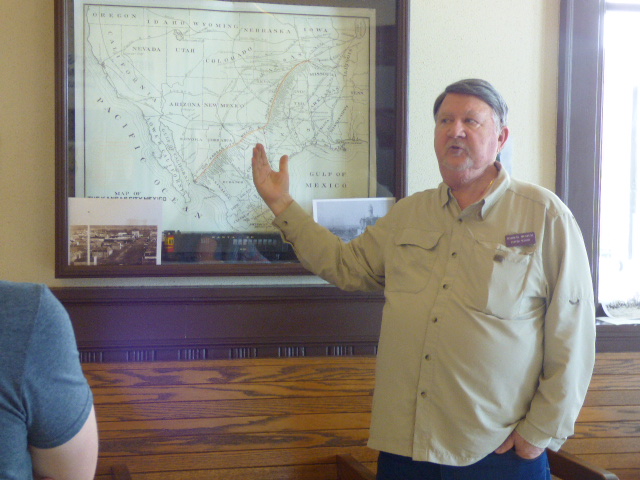
On the south side of the building, past the walls and tables of memorabilia, sat a narrow gated section facing the tracks with large windows. Eighty-year-old Floyd M. Seaton greeted visitors sharing tales from his employment in 1954 to 1984. He was in charge of communications (telegrapher), and as if it were yesterday, he told stories of the job he so loved.
"I graduated high school on a Friday, and started working for the railway the following Monday," said Seaton. "I had some good men who taught me how to use the telegraph and still remember it to this day."
Seaton said he worked from 11 p.m. to 7 a.m. and used a telegraph for up to 8 hours a day. He also showed the calluses that remain on his hands and fingers. Sadly, he added, in 1984, "something came along that could do the work of four men with time to spare: the computer."
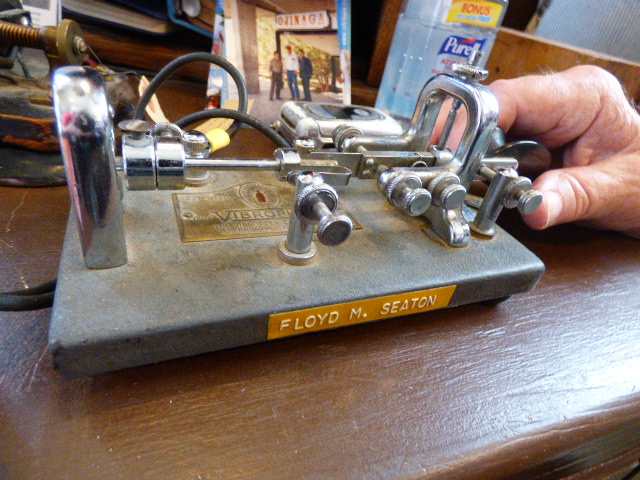
Seaton said when he would type a letter or memo, he would get it to the conductor as the train passed by holding up a "Y-shaped" instrument with a string across the top to raise up to the driver's reach. The paper was rolled in scroll form and affixed to the string.
"When I started, I received $1.05 an hour, which was big bucks back then, and was more than my school teacher was making with a college education." After his job was phased out, the company moved him into an administrative position in Amarillo where he continued working for the company, but the gleam in his eyes and talking about the old days, before computers, showed his love and respect for the railway station he sat in this day.
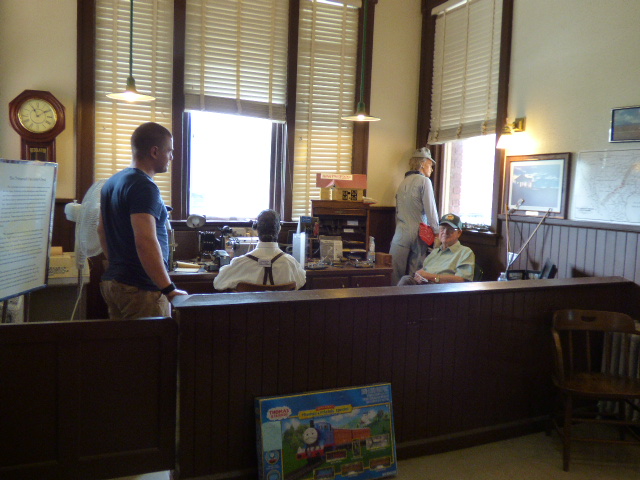
From 10 a.m. to 4 p.m., many visitors of all ages were treated to the sights and sounds of the museum and were enlightened to its historical value locally. Several small children were mesmerized by the "hands on" toy trains and tracks for their enjoyment, while adults listened to Wood's presentations.
In regards to those who helped at the event, Wood said, "We are always needing and are extremely grateful for those willing to volunteer their time and help." Also, artifacts from the era and railway are appreciated and accepted.
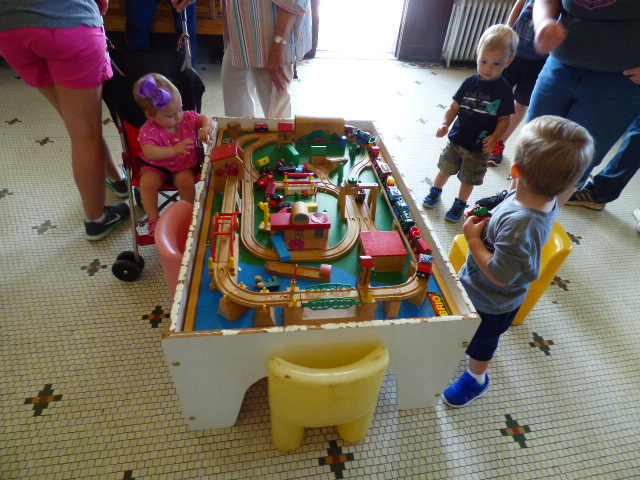
Around noon, a group of volunteers from Goodfellow Air Force Base sat outside taking a short break from assisting visitors. Jackson Hughes, Jeremiah Eldridge, J.J. Jin, and Brendon Clayton, all Air Force Intel from the 315th training squadron, all agreed that they enjoy helping out the museum and keeping the community informed and educated.
Seaton mentioned, "The only bad thing about the GAFB volunteers is we get attached to them and hate to see them move on, but we are extremely grateful for their service, [for] without them, we could not function."
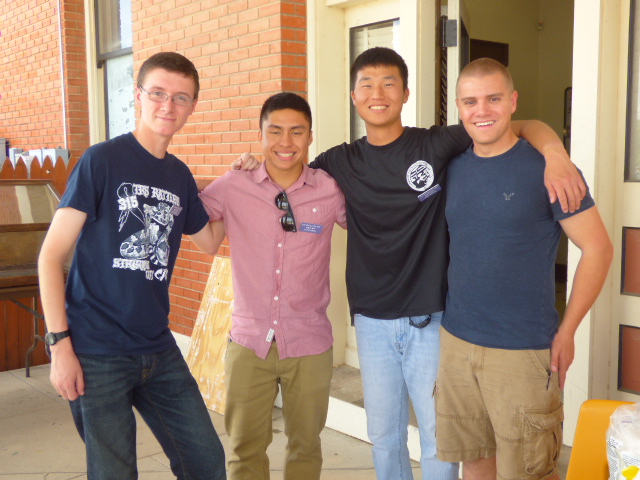
The Railway Museum is a certified non-profit organization that is open to the public on Saturdays from 10 a.m. to 4 p.m. The facility is also available to book special events, birthday parties, class functions or tours for a small fee, with group, military, and senior discounts available. For more information, please contact David Wood at (325) 657-4880, or [email protected], or visit their website www.railwaymuseumsanangelo.homestea….
Subscribe to the LIVE! Daily
Required


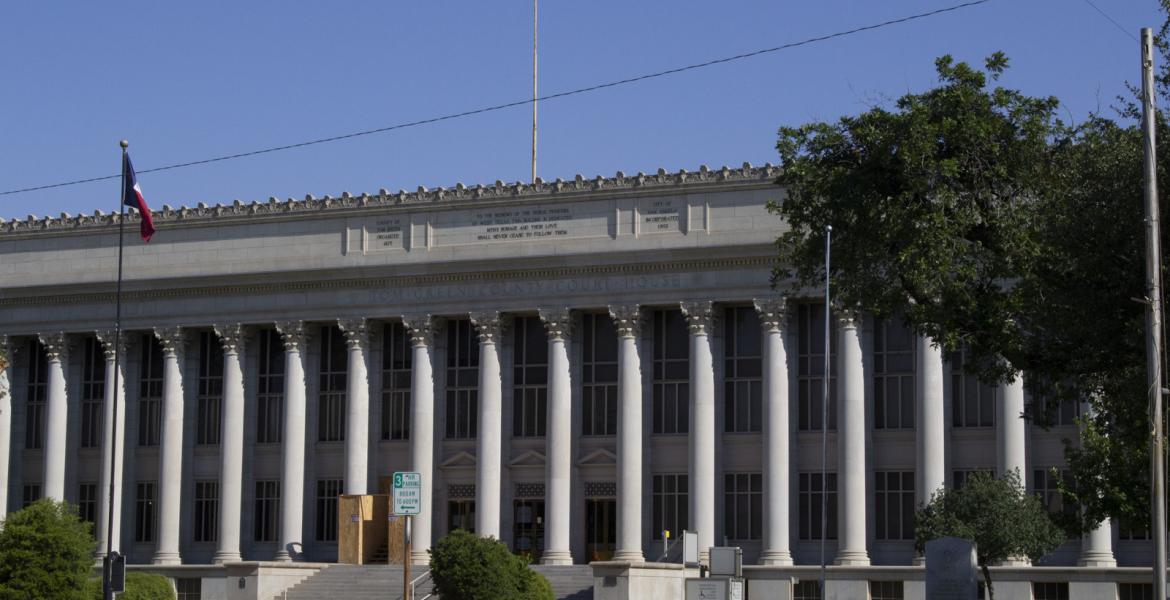
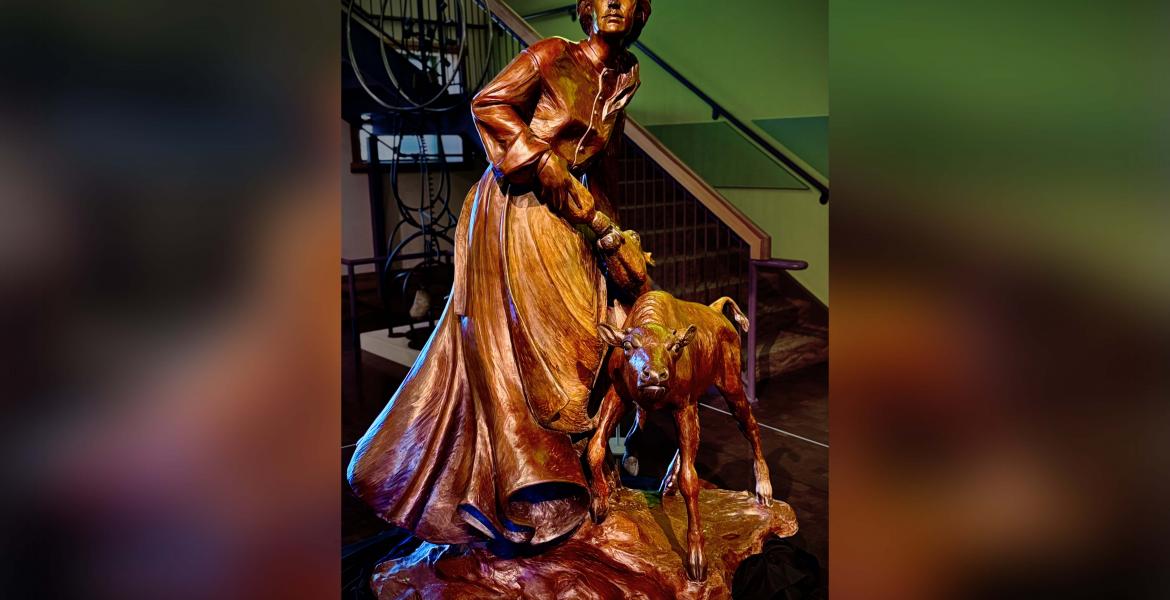
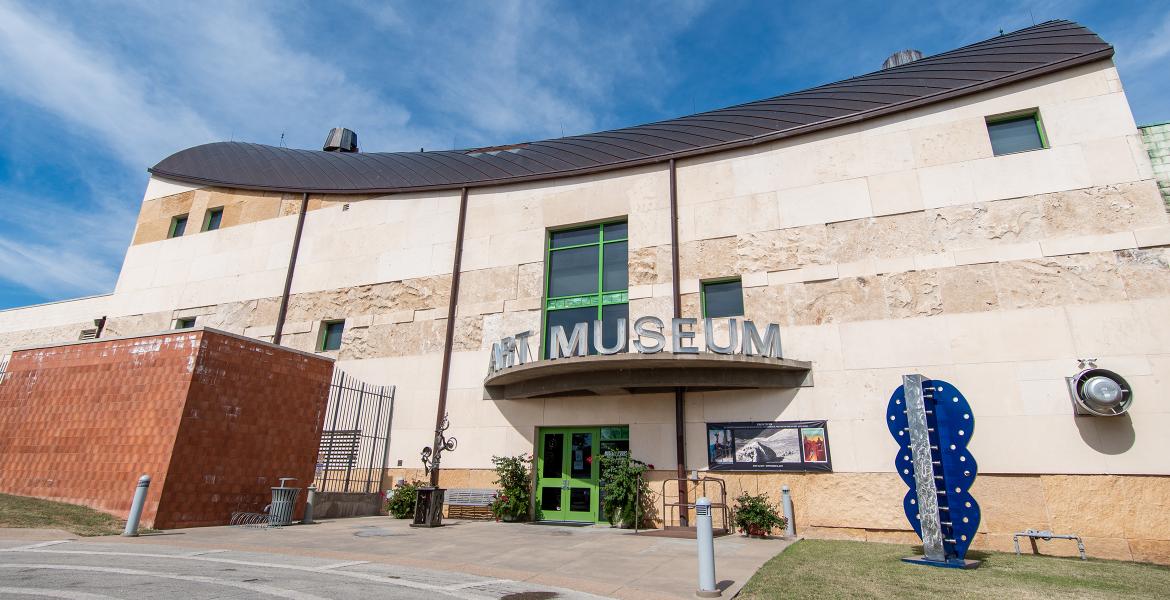

Comments
Listed By: David Wood
Thank you San Angelo Live and Holiday Bailey for a great article on one of the best Museum's in Texas. For 20 years the all Volunteer organization has done an outstanding job of presenting the History of San Angelo, the Railroads and their importance to West Texas.
- Log in or register to post comments
PermalinkListed By: Holiday Bailey
Sorry I didn't have more time that day. Enjoyed it and eventually will come back and take the full tour and more photos!
- Log in or register to post comments
PermalinkPost a comment to this article here: